By Tyler Scanlon
If you’re reading this, chances are your current or future role involves rapid cardiac rhythm interpretation. This can be one of the most challenging topics for students to learn. Of course, I am partially biased in that this text is presented from the nurse’s perspective however, it is my hope that this text will provide great benefit to nursing students, new nurses, cardiac monitor technicians, paramedic students, and medical students alike!My goal is to provide you with the most amount of information in as few words possible (hence the graphics). They say a picture is worth a thousand words. If you wanted to read for the sake of reading you would have picked up a copy of War and Peace by Leo Tolstoy.My hope is that you can use the pictures presented as a quick reference if you need a topic refresher once you complete the reading. For this reason, each topic is presented in the following format:
- What is it?
- What does this mean?
- Why should we care?
TAKE HOME POINTS:
- These are presented after each topic. Think of them as a, “What do I need to know about this topic if I only have 10 seconds to review this page?” type of review.
As you read, take special care to appreciate the underlying conceptfor each rhythm strip instead of just memorizing waveform appearances. This will help to make sense of whythe waveforms appear the way that they do. Remember that each rhythm strip tells a storyof what’s happening behind the scenes (at the micro and macro cellular level). We’re simply observing a 30,000 foot view of what’s occurring beneath our electrodes.
Product Details
- ASIN : B09K21NX7V
- Publisher : Independently published (October 26, 2021)
- Language : English
- Paperback : 192 pages
- ISBN-13 : 979-8753973566
- ISBN-13 : 9798753973566

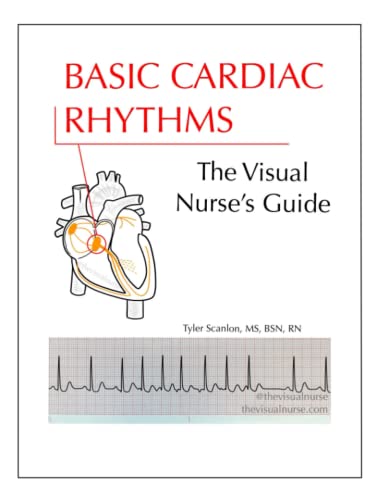

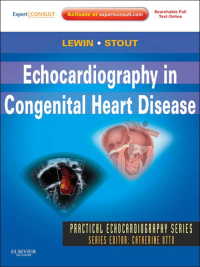
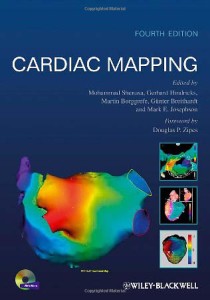

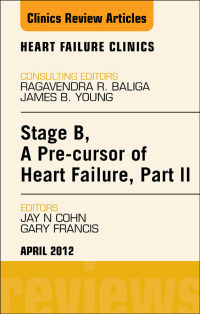
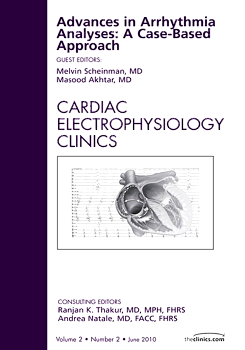
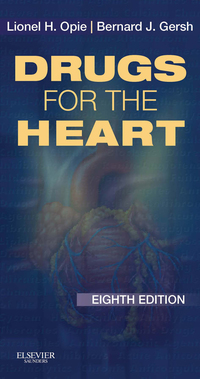
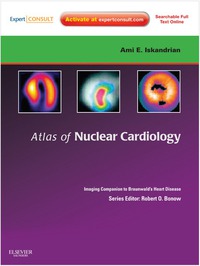
Reviews
There are no reviews yet.